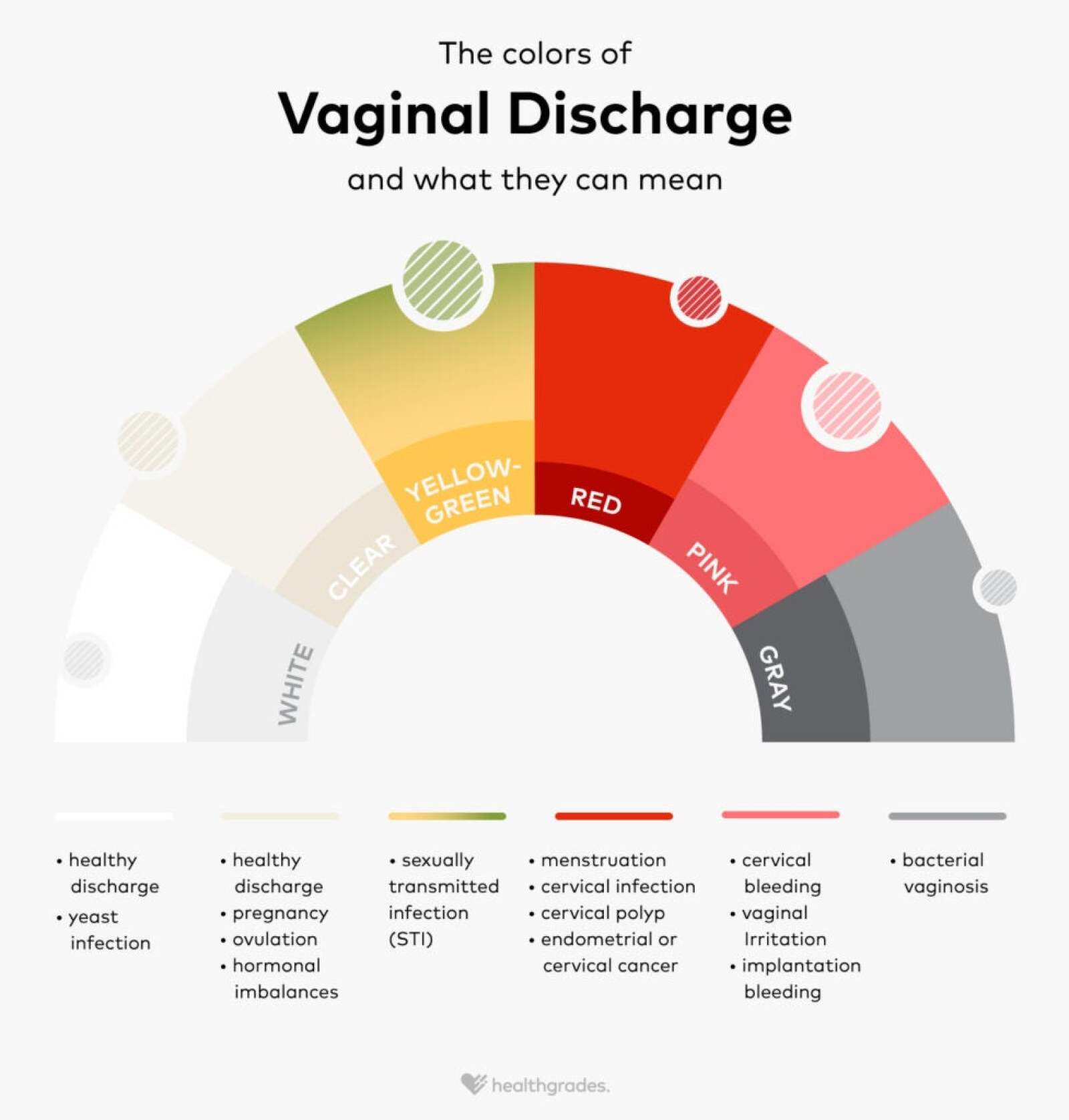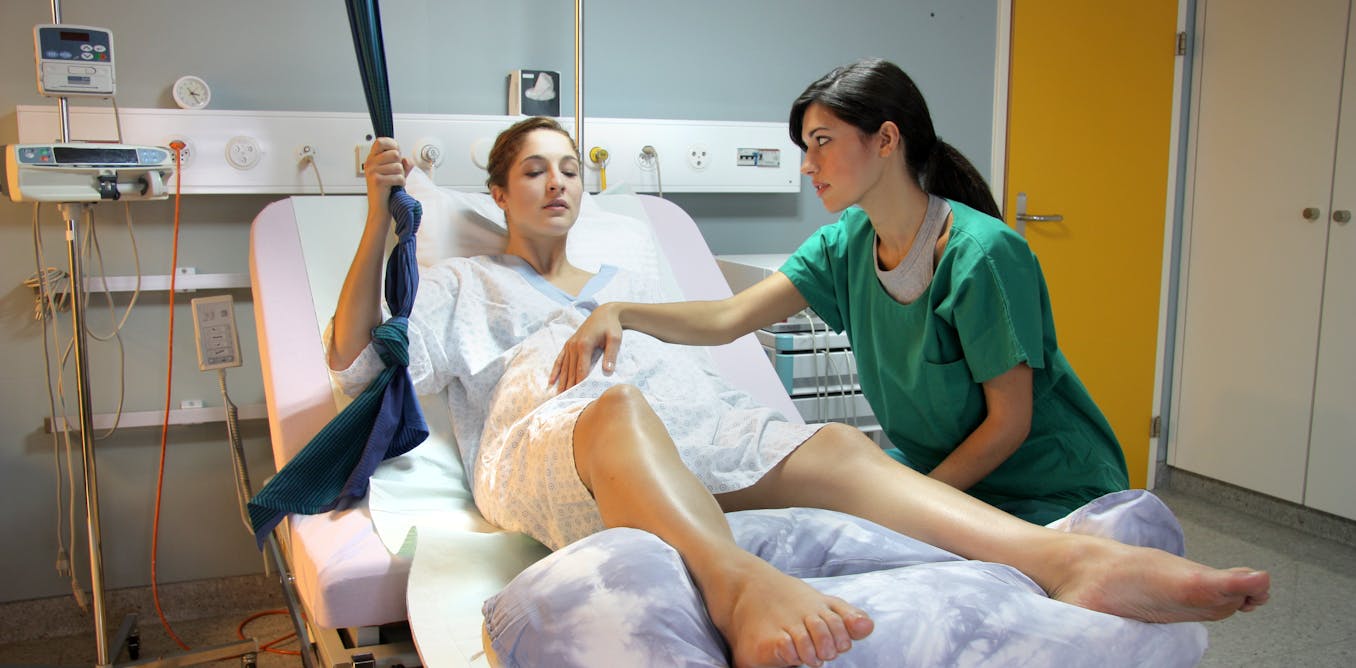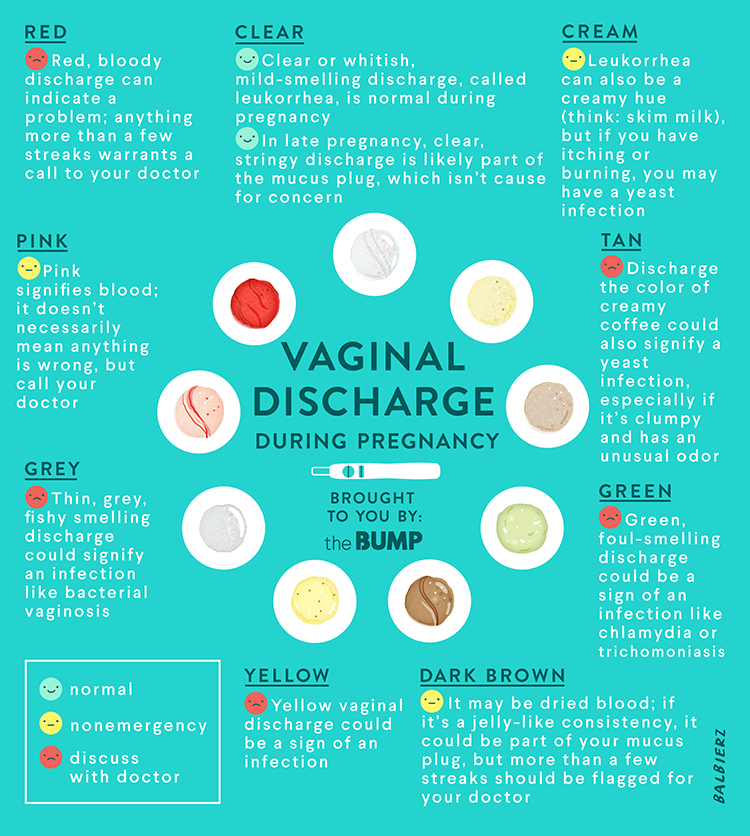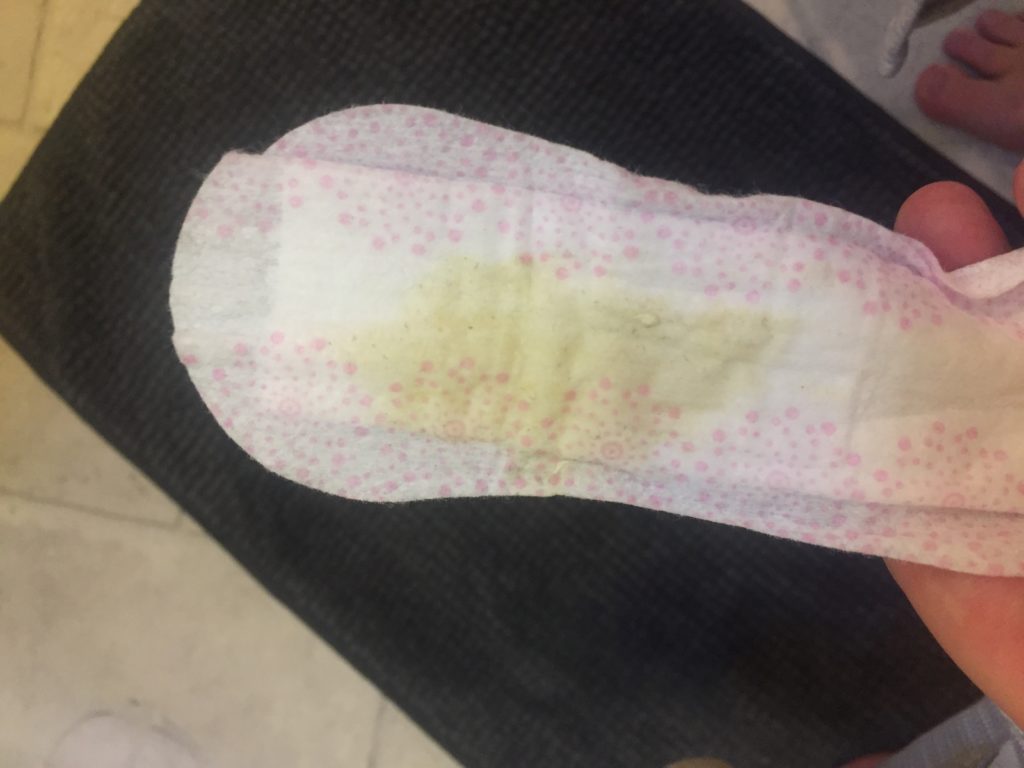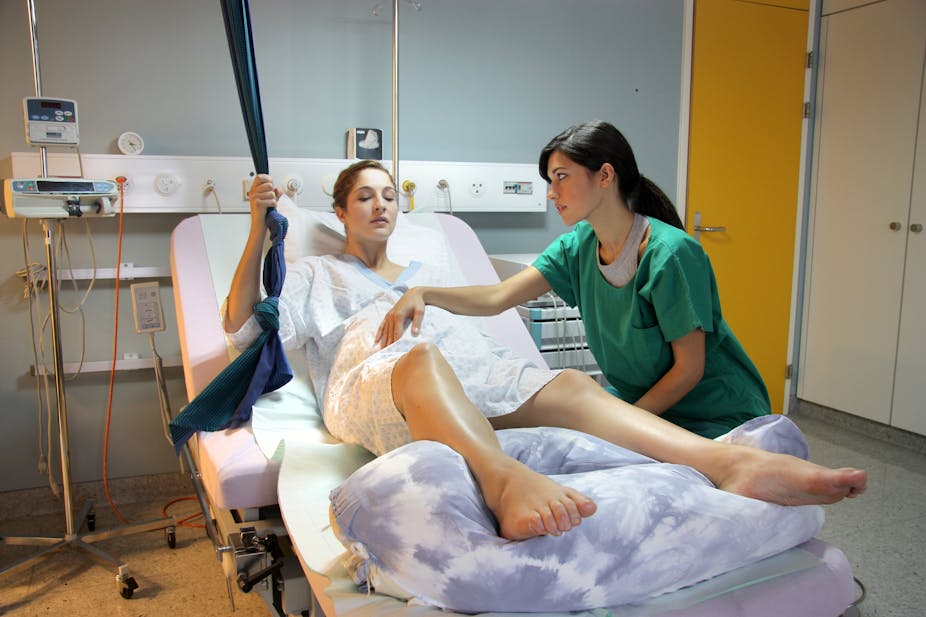After Birth Discharge
After Birth Discharge - It affects up to 5% of women who give birth. One of the ways it recovers and repairs itself is by getting rid of the extra blood and. After giving birth, your body continues to change and adapt. Heavy bleeding after giving birth is called postpartum hemorrhage.
After giving birth, your body continues to change and adapt. One of the ways it recovers and repairs itself is by getting rid of the extra blood and. It affects up to 5% of women who give birth. Heavy bleeding after giving birth is called postpartum hemorrhage.
Heavy bleeding after giving birth is called postpartum hemorrhage. After giving birth, your body continues to change and adapt. It affects up to 5% of women who give birth. One of the ways it recovers and repairs itself is by getting rid of the extra blood and.
Postpartum Recovery Important Facts About Childbirth Recovery
One of the ways it recovers and repairs itself is by getting rid of the extra blood and. It affects up to 5% of women who give birth. Heavy bleeding after giving birth is called postpartum hemorrhage. After giving birth, your body continues to change and adapt.
Black Discharge Possible Causes and When to See a Doctor
Heavy bleeding after giving birth is called postpartum hemorrhage. After giving birth, your body continues to change and adapt. One of the ways it recovers and repairs itself is by getting rid of the extra blood and. It affects up to 5% of women who give birth.
Pin on Postpartum Care and Concerns
One of the ways it recovers and repairs itself is by getting rid of the extra blood and. After giving birth, your body continues to change and adapt. Heavy bleeding after giving birth is called postpartum hemorrhage. It affects up to 5% of women who give birth.
Yellow discharge *Warning* Pic included BabyCenter
It affects up to 5% of women who give birth. Heavy bleeding after giving birth is called postpartum hemorrhage. One of the ways it recovers and repairs itself is by getting rid of the extra blood and. After giving birth, your body continues to change and adapt.
Vaginal birth comes with risks too so should it really be the default
One of the ways it recovers and repairs itself is by getting rid of the extra blood and. Heavy bleeding after giving birth is called postpartum hemorrhage. It affects up to 5% of women who give birth. After giving birth, your body continues to change and adapt.
Pregnancy Discharge What’s Normal and What’s Not
After giving birth, your body continues to change and adapt. Heavy bleeding after giving birth is called postpartum hemorrhage. One of the ways it recovers and repairs itself is by getting rid of the extra blood and. It affects up to 5% of women who give birth.
Pregnancy Discharge What’s Normal and What’s Not
Heavy bleeding after giving birth is called postpartum hemorrhage. It affects up to 5% of women who give birth. One of the ways it recovers and repairs itself is by getting rid of the extra blood and. After giving birth, your body continues to change and adapt.
postpartum återhämtning guide
After giving birth, your body continues to change and adapt. It affects up to 5% of women who give birth. Heavy bleeding after giving birth is called postpartum hemorrhage. One of the ways it recovers and repairs itself is by getting rid of the extra blood and.
4 Solid Causes and Home Tips of Yellow Discharge Pregnancy
Heavy bleeding after giving birth is called postpartum hemorrhage. One of the ways it recovers and repairs itself is by getting rid of the extra blood and. It affects up to 5% of women who give birth. After giving birth, your body continues to change and adapt.
Vaginal birth comes with risks too so should it really be the default
It affects up to 5% of women who give birth. Heavy bleeding after giving birth is called postpartum hemorrhage. One of the ways it recovers and repairs itself is by getting rid of the extra blood and. After giving birth, your body continues to change and adapt.
After Giving Birth, Your Body Continues To Change And Adapt.
Heavy bleeding after giving birth is called postpartum hemorrhage. It affects up to 5% of women who give birth. One of the ways it recovers and repairs itself is by getting rid of the extra blood and.

